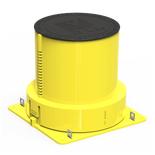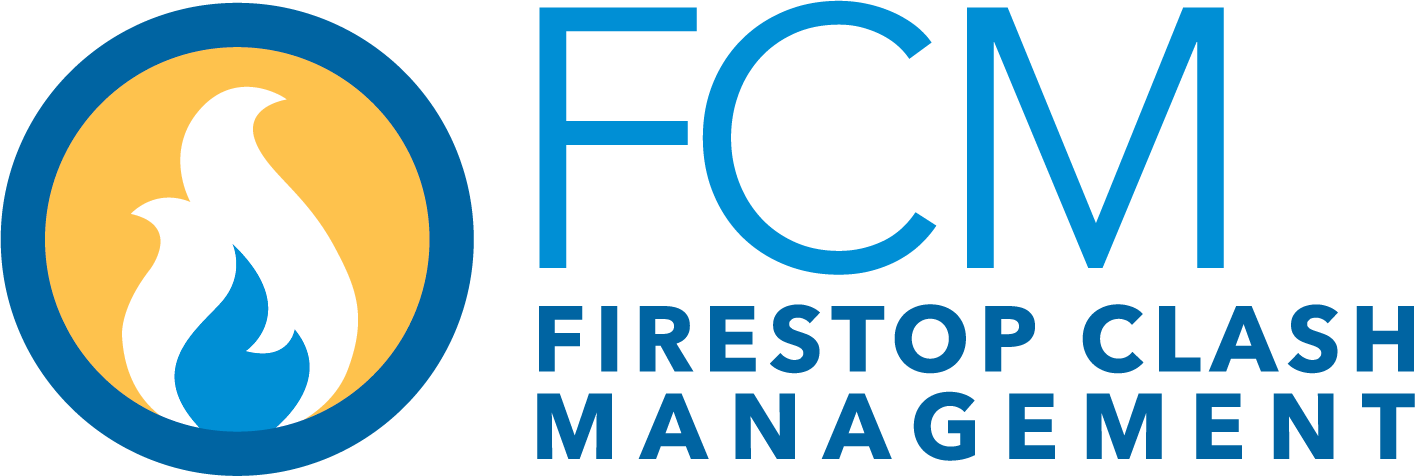What GC’s Need to Know About Third-Party Firestop Inspection
James P. Stahl Jr., CFPS, CDT is Vice President & General Manager, Engineering and Emerging Businesses at Specified Technologies Inc. and President of the International Firestop Council.
 Many jurisdictions have adopted the 2012 or 2015 International Building Code (IBC). Most GC’s may not be aware that Chapter 17 includes provisions for special inspection of firestops for penetrations and joints (2012 IBC: Section 1705.16 and 2015 IBC: Section 1705.17). In risk category III and IV buildings or where the building height is 75 feet or more, special inspections can be called for at the discretion of the building official.
Many jurisdictions have adopted the 2012 or 2015 International Building Code (IBC). Most GC’s may not be aware that Chapter 17 includes provisions for special inspection of firestops for penetrations and joints (2012 IBC: Section 1705.16 and 2015 IBC: Section 1705.17). In risk category III and IV buildings or where the building height is 75 feet or more, special inspections can be called for at the discretion of the building official.
What impact will this have on construction projects?
Firestopping is heavily scrutinized by third-party inspectors because they perform more comprehensive inspections. Municipalities are often overloaded, and even under the best of circumstances the most committed inspector may not have the time to apportion to proper firestop inspection. Third-party firestop inspectors are extensively trained in the finer nuances of firestopping, and are sometimes better equipped to determine compliance.
The IBC Special Inspection provisions for firestopping reference specific ASTM Standards that dictate how to conduct firestop inspections. The referenced standards are ASTM E2174 for penetration firestop systems and ASTM E2393 for joints and curtain wall perimeter fire barrier systems. These standards provide an option for the firestop inspector to either visually observe the installation of the systems or destructively test installed firestop systems.
When it comes to firestopping, a little bit of upfront planning goes a long way. Sadly, on many projects, firestopping is an afterthought. The trades decide how to run penetrants through fire rated barriers without regard for how someone will subsequently firestop the opening. This actually makes firestopping more difficult. With more scrutiny by a third-party inspector, there are more opportunities for jobsite difficulties, but this is easily preventable with forethought.
A GC is managing a myriad of responsibilities to deliver a construction project on time and on budget. Firestopping as a percentage of the job is quite small, but as a critical component of life safety, it can cause unnecessary delays and complications.
So what can a GC do to minimize disruptions and more easily manage the process?
Find a quality firestop manufacturer to be your partner for firestopping related needs. Consider standardization on a single source to eliminate mistakes. A quality partner will have a full product line with a wide breadth of tested and listed firestop systems. At our company, we pride ourselves on our commitment to R&D testing and having the most UL Systems. Training is essential to ensure proper firestopping, and a quality manufacturer stands ready to provide such support.
 Coordination between trades is another important facet, and those who make the openings should plan ahead with those who will seal the openings. An easy way to do this is to pre-select the firestop systems and build accordingly. A quality firestop manufacturer can help. Finally, another viable solution is to subcontract the firestopping to a specialist. Firestop contractors are readily available, and the Firestop Contractors International Association (FCIA) is a resource. Keep firestopping simple on your next job by planning ahead. Avoid inspection issues with good preparation upfront, and be aware of the things that can go awry.
Coordination between trades is another important facet, and those who make the openings should plan ahead with those who will seal the openings. An easy way to do this is to pre-select the firestop systems and build accordingly. A quality firestop manufacturer can help. Finally, another viable solution is to subcontract the firestopping to a specialist. Firestop contractors are readily available, and the Firestop Contractors International Association (FCIA) is a resource. Keep firestopping simple on your next job by planning ahead. Avoid inspection issues with good preparation upfront, and be aware of the things that can go awry.
Specified Technologies Inc., STI, is an industry leader in developing innovative firestop solutions that help stop the spread of fire, smoke and hot gasses. They offer a comprehensive product line designed to address any application and back them with over 1,400 UL® Certified systems – more than any other firestop company. Visit STI at World of Concrete Booth #N313 or www-news.stifirestop.com to find out more.
UL is a registered trademark of Underwriter Laboratories.


























